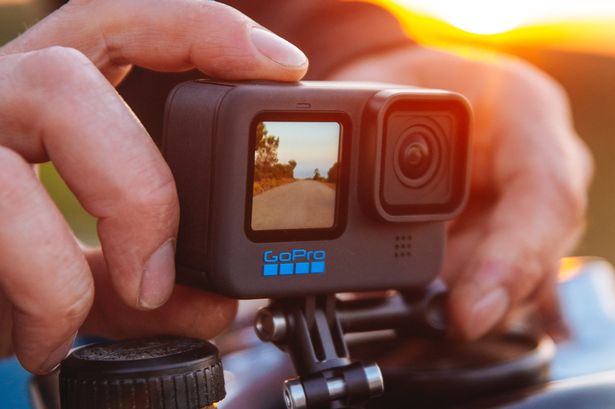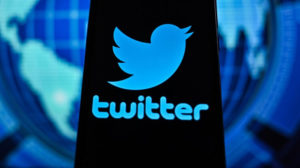Lifestyle Marketing and Effective Lifestyle Advertising Strategies
Are you looking to create a deeper connection with your target market and build brand loyalty? Look no further than lifestyle marketing! It can be used to create a powerful emotional connection with consumers, making the product or brand more appealing and relevant to their interests and values. In this blog, we will delve into these questions and more, providing you with the knowledge and tools to take your marketing to the next level.
What is Lifestyle Marketing?
Lifestyle marketing is a type of marketing that targets specific segments of the population based on their habits, interests, and values. Instead of promoting a product’s features and benefits, It focuses on how the product aligns with the consumer’s lifestyle and how it can improve their overall quality of life.
Benefits of Lifestyle advertising:

There are several benefits of using Lifestyle advertising as part of your brand’s overall marketing strategy.
Building Emotional Connections: Lifestyle advertising creates an emotional connection between the consumer and the brand by aligning the product or service with the consumer’s values and interests. This emotional connection can lead to increased brand loyalty and repeat business.
Targeting Specific Demographics: Lifestyle advertising allows brands to target specific demographics, such as health-conscious individuals or outdoor enthusiasts, which can result in higher conversion rates and sales.
Differentiation from Competitors: Lifestyle advertising can help a brand stand out from the competition by positioning itself as a brand that aligns with the consumer’s values and interests, rather than just promoting the product’s features and benefits.
How to Execute Lifestyle Marketing Effectively: Understand Your Target Audience: The key to successful Lifestyle advertising is understanding your target audience. Conduct market research to identify the demographics, habits, and interests of your target audience.
Align Your Brand with the Consumer’s Lifestyle: Once you understand your target audience, you can align your brand with their lifestyle by positioning your product or service as a solution to their needs and wants.
Use Authentic Storytelling: Tell real stories of how your product or service has helped improve the lives of real people, this will help to build trust and credibility with your target audience.
Utilize Influencer Marketing: Partner with influencers who align with your brand’s values and whose lifestyles align with your target audience. They can help to promote your product or service in a way that feels authentic and relatable.
Lifestyle Branding examples include:
Lifestyle branding examples show how companies tap into the consumer’s values and aspirations to build a brand that resonates with their lifestyle. From Nike’s “Just Do It” to Apple’s minimalist design aesthetic, lifestyle branding examples demonstrate the power of connecting with consumers on a personal level.
Patagonia:
Patagonia is a clothing brand that targets outdoor enthusiasts. Their marketing campaigns often feature real-life outdoor enthusiasts using their products in extreme conditions. The brand positions itself as a sustainable and socially responsible company, aligning with the values of their target audience.
GoPro:
GoPro is a brand that targets adventure seekers and action sports enthusiasts. Their marketing campaigns often feature people using their cameras in extreme sports, such as surfing, skiing, and rock climbing. The brand positions itself as a tool for capturing and sharing amazing experiences, aligning with the interests and habits of their target audience.

Peloton:
Peloton is a brand that targets health-conscious individuals. Their marketing campaigns often feature real people using their exercise bikes to achieve their fitness goals. The brand positions itself as a tool for leading a healthier and more active lifestyle, aligning with the values and habits of their target audience.
By studying lifestyle branding examples, marketers can learn how to create a brand that is not just a product, but a way of life that customers can relate to and embrace.
Measuring the Success of Lifestyle Marketing:
One of the challenges of lifestyle marketing is measuring its success. Traditional metrics such as sales and website traffic may not fully capture the impact of lifestyle marketing campaigns. However, there are several key metrics that can be used to measure the success of lifestyle marketing efforts.

Brand Awareness: One of the primary goals of lifestyle marketing is to increase brand awareness. Brands can measure this by tracking social media engagement, website traffic, and media coverage.
Engagement: It campaigns should aim to create a strong emotional connection with the target audience. Brands can measure engagement by tracking likes, shares, comments, and mentions on social media.
Brand Loyalty: It can help to build brand loyalty by creating an emotional connection with the target audience. Brands can measure brand loyalty by tracking repeat business and customer retention rates.
ROI: Ultimately, the success of lifestyle marketing campaigns should be measured by their return on investment (ROI). Brands can calculate ROI by comparing the cost of the campaign to the increase in sales, revenue, and market share.
Customer Satisfaction: Lifestyle marketing campaigns should aim to improve the customer’s overall quality of life. Brands can measure customer satisfaction by conducting surveys and gathering feedback.
Conclusion
In conclusion, It is an effective way for brands to connect with their target audience by aligning with their values and habits. Measuring the success can be challenging, but by using key metrics and continuously optimizing campaigns, brands can effectively measure the impact of their lifestyle marketing efforts. Lifestyle branding examples are a testament to how successful brands go beyond selling products and instead focus on creating a lifestyle that customers want to be a part of.
For more articles, you can refer to the links given below:
Everything You Should Know About E-Commerce Stocks
Entrepreneurship and Intrapreneurship – Difference between Entrepreneur and Intrapreneur


